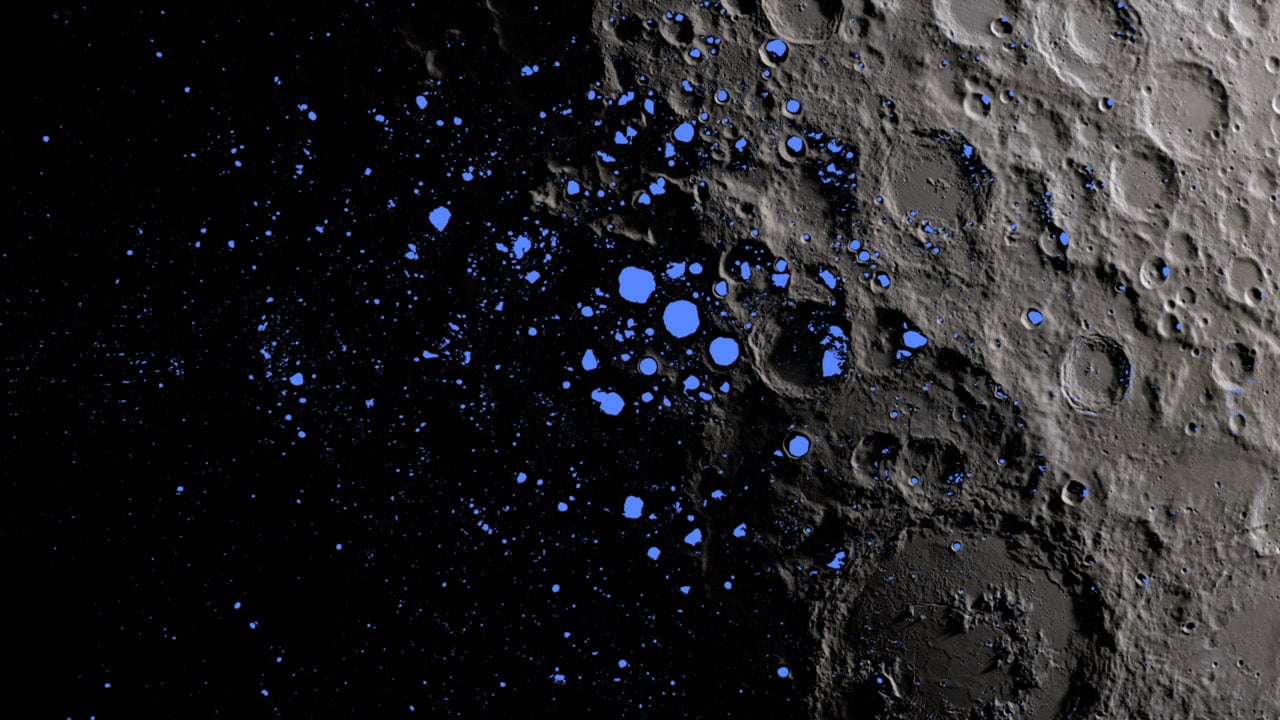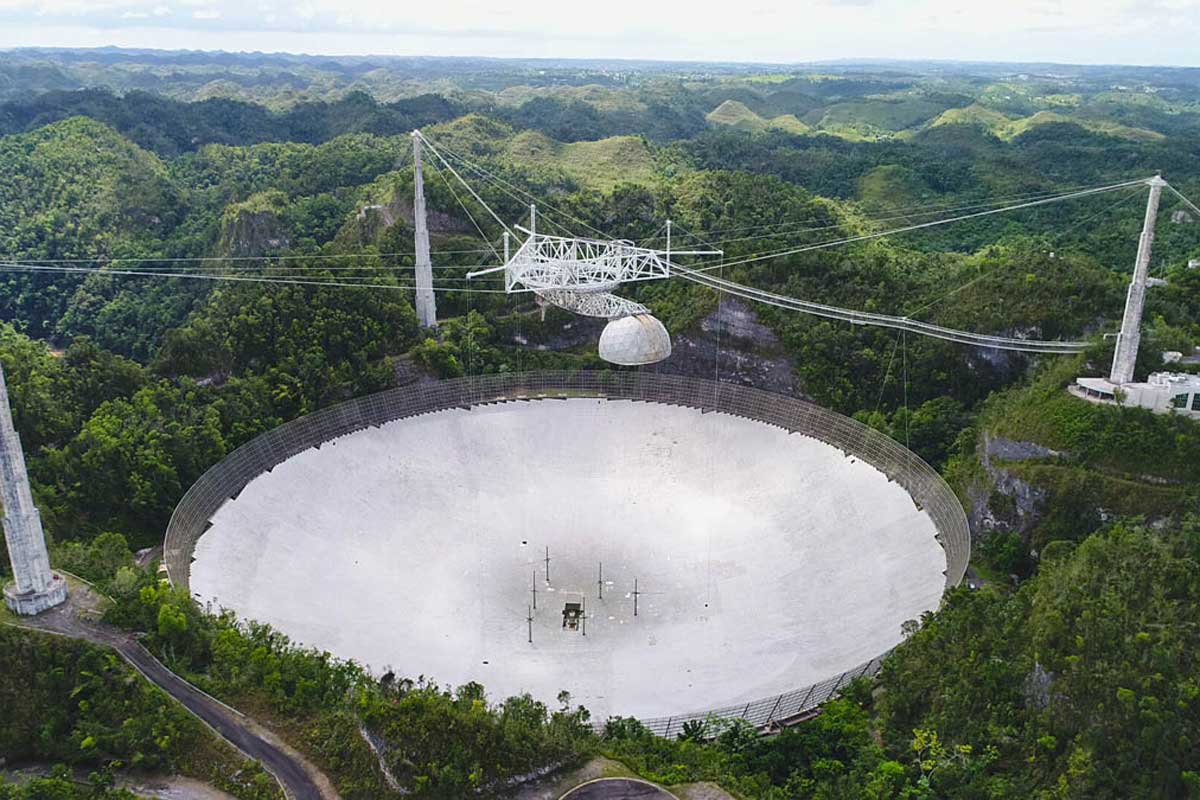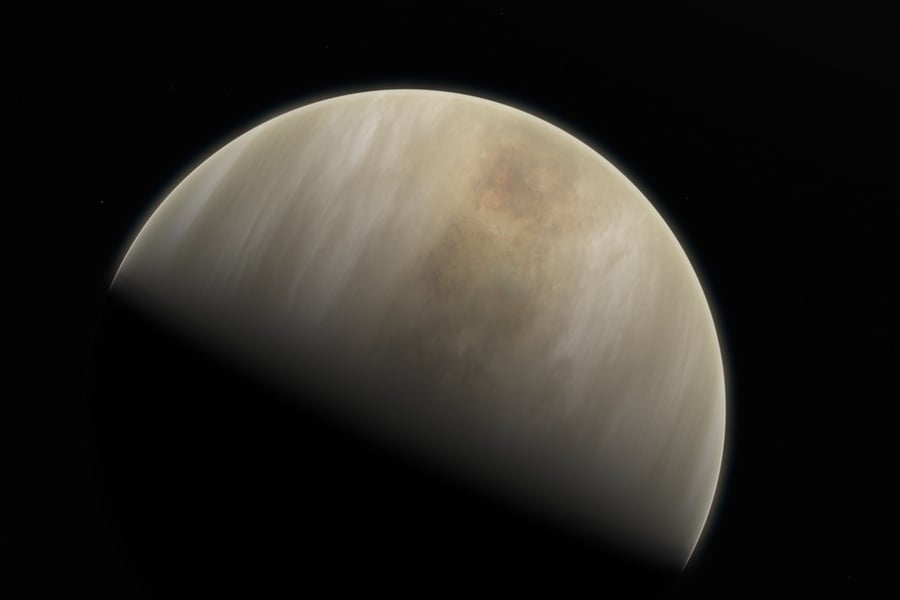
Thanks to the heroic efforts of firefighters, the Mt. Wilson Observatory is now safe from the California wildfires raging through the region.
Continue reading

In a recent white paper, a team of scientists proposed that NASA's Artemis astronauts should also bring back samples of lunar ice to determine where the Moon's water comes from
Continue reading

The Space Court Foundation hopes to play a pivotal role in the evolving domain of space law, which is going to become very important in the coming years!
Continue reading

Much of the gold we find on Earth was created by colliding neutron stars, but astronomers now know gold must also be formed elsewhere.
Continue reading

NASA is offering to pay commercial contractors to retrieve lunar regolith and rocks to demonstrate their ability to harvest resources on the Moon
Continue reading

Elon Musk and SpaceX appear to be gearing up for a high-altitude hop test with the SN8 before the end of October!
Continue reading

Dark matter is much more clumpy than we thought, which means some dark matter might be very cold.
Continue reading

The Arecibo Observatory suffered some serious damage last month, but an assessment and investigation is underway and repairs will follow!
Continue reading

China's mysterious reusable spaceplane recently launched and has returned to Earth after spending two days in space.
Continue reading

In this latest installment in our Fermi series, we take a look at the possibility that advanced civilizations only have a brief window within which to communicate.
Continue reading

China is almost finished its floating spaceport in the Yellow Sea, which will begin making regular launches and servicing rockets in the near future!
Continue reading

A new study proposes that alien life could evolve from nuclear interactions rather than atomic ones.
Continue reading

A new tool called the Black Hole Collision Calculator let's users see just how powerful a collision between a black hole and any other celestial object would be.
Continue reading

It's one of the stranger observations in ancient literature.
A curious account comes to us by the 1st century AD Roman scholar Pliny the Elder, concerning the exploits of Greek philosopher Thales of Miletus, who notes that:
"The Sun's radiance makes the fix'd stars invisible in the daytime, although they are shining as much as in the night, which becomes manifest at a solar eclipse and also when the star is reflected in a very deep well."
Continue reading

A detailed simulation of dark matter finds that dark matter haloes form in a wide range of sizes.
Continue reading

SpaceX has nailed the hop test once again and the Starship is on its way toward making high-altitude flights and trips to space!
Continue reading

Astronomers have found a powerful quasar powered by two supermassive black holes.
Continue reading
















































